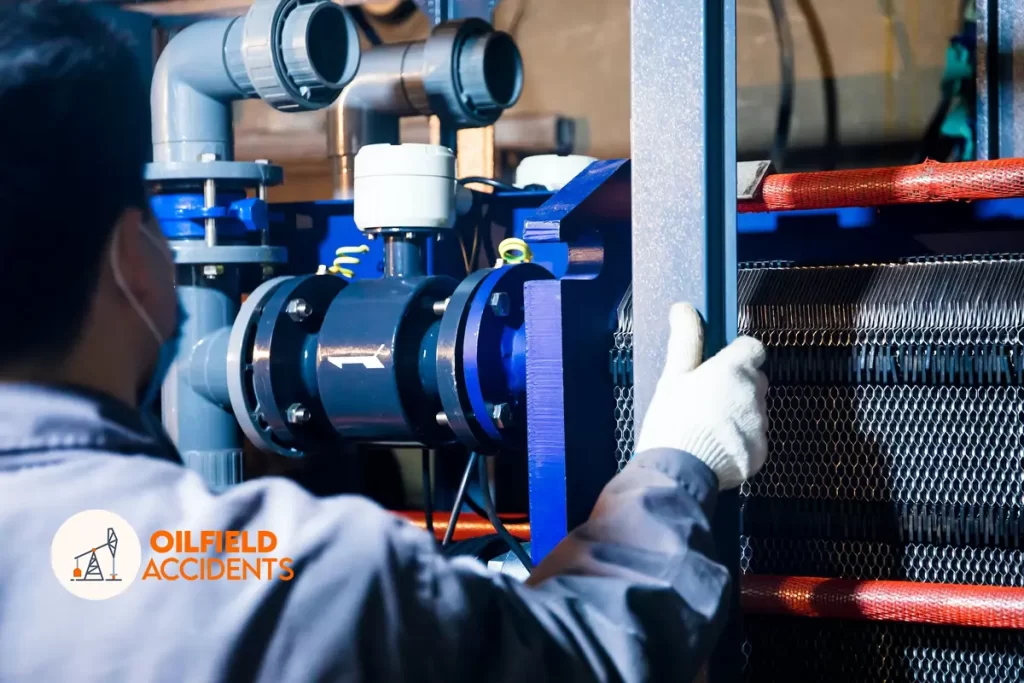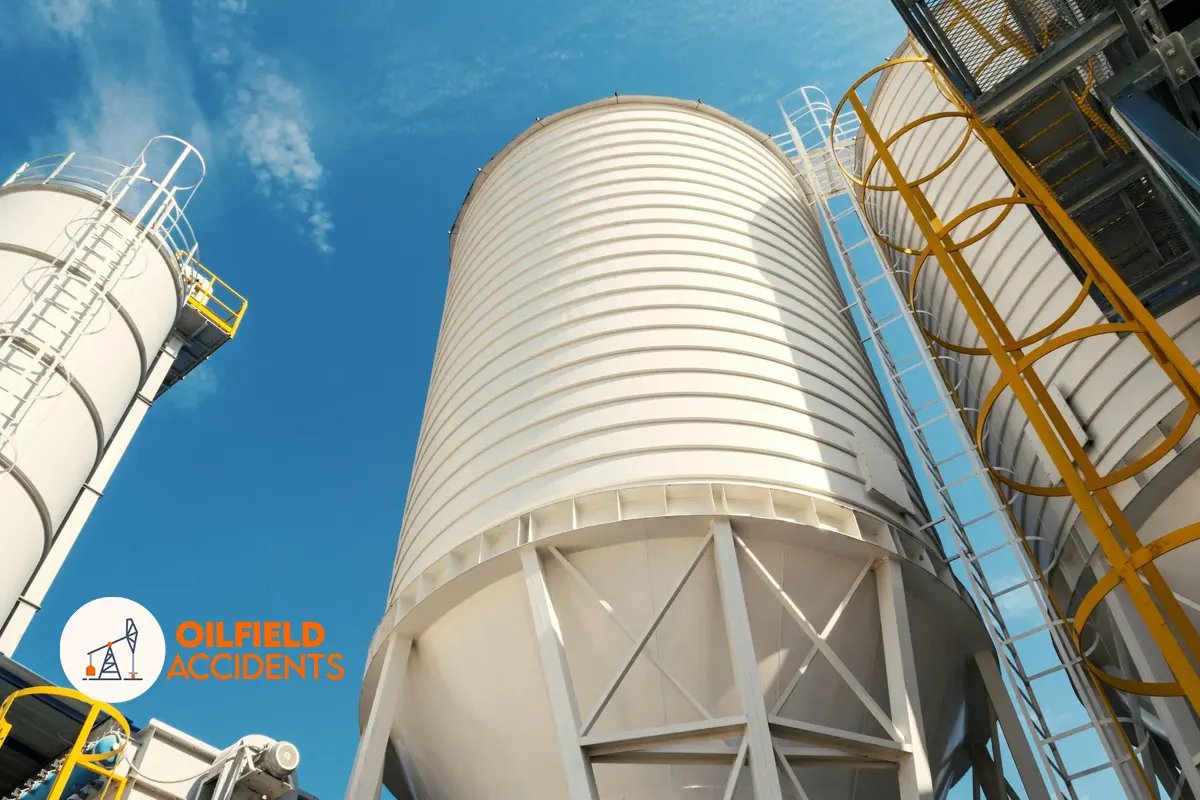Oil rig accidents are a significant concern in the oil and gas industry. These incidents can lead to severe consequences, including loss of life, environmental damage, and financial losses. It is necessary to investigate the common causes of oil rig accidents, discuss preventive measures and examine the impact of these accidents on the industry and the environment. By understanding the factors that contribute to oil rig accidents, we can work towards creating a safer and more sustainable future for the oil sector.
Causes of Oil Rig Accidents
Human Error
Human error is one of the leading causes of oil rig accidents. Workers on oil rigs are often required to perform complex tasks in challenging conditions, which can lead to mistakes. Factors contributing to human error include fatigue, lack of training, miscommunication, and poor decision-making.
Equipment Failure
Oil rigs rely on a vast array of equipment and machinery to operate efficiently. Equipment failure can result from manufacturing defects, wear and tear, corrosion, or inadequate maintenance. When critical equipment fails, it can lead to accidents such as fires, explosions, or structural collapses.
Weather and Environmental Conditions
Oil rigs are often located in remote and harsh environments, such as deep-sea locations or the Arctic. Extreme weather conditions, including storms, high winds, and ice formation, can pose significant challenges to the safe operation of oil rigs. These conditions can lead to accidents by causing equipment failure, structural damage, or oil rig worker injuries.
Poor Safety Culture
A strong safety culture is essential for preventing accidents in the oil and gas industry. When companies prioritize profits over safety, they may cut corners on training, maintenance, and safety equipment. This can create an environment where accidents are more likely to occur.

Preventing Oil Rig Accidents
Comprehensive Training
Providing workers with comprehensive training is crucial for reducing the risk of accidents on oil rigs. Training should cover safety procedures, equipment operation, and emergency response. Regular refresher courses can help ensure that workers stay up-to-date with the latest safety practices.
Regular Maintenance and Inspections
Routine maintenance and inspections are essential for identifying and addressing potential equipment issues before they lead to accidents. Companies should establish a regular maintenance schedule and ensure that all equipment is inspected and tested according to industry standards.
Implementing a Strong Safety Culture
Companies must prioritize safety at all levels of the organization. This includes setting clear safety expectations, providing adequate resources for safety initiatives, and holding management accountable for safety performance. A strong safety culture can help prevent accidents by encouraging workers to report hazards, follow safety procedures, and participate in safety training.
Advanced Technology
The use of advanced technology can help improve safety on oil rigs. For example, remote monitoring systems can detect equipment issues in real-time, allowing for prompt intervention. Additionally, automation can reduce the risk of human error by taking over repetitive or dangerous tasks.
Impact of Oil Rig Accidents
Loss of Life and Injuries
Oil rig accidents can result in severe injuries or fatalities. The loss of life and the physical and emotional toll on workers and their families are devastating consequences of these incidents.
Environmental Damage
Oil spills and other accidents can cause significant harm to the environment. The release of oil and other hazardous substances can contaminate water, harm wildlife, and damage ecosystems. Cleanup efforts can be costly and time-consuming, and in some cases, the environmental impact may be long-lasting or irreversible.
Financial Losses
Oil rig accidents can lead to substantial financial losses for companies and the industry as a whole. These losses can result from the cost of cleanup efforts, legal liabilities, and damage to equipment and infrastructure. Additionally, accidents can lead to increased regulatory scrutiny and higher insurance premiums.
What Should We Do?
Oil rig accidents are a critical concern for the oil and gas industry. By understanding the causes of these accidents and implementing effective prevention strategies, we can work towards reducing the risk of future incidents. This will not only protect the lives of workers and the environment but also contribute to the long-term sustainability and success of the industry.

